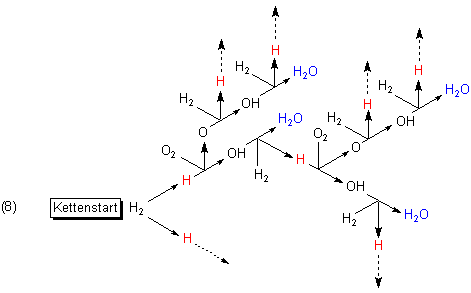Hy guys,
in order, I was thinking about the atomic hydrogen creation. I found something, maybe this is not new for you guys, but I will put it in here:
http://www.citycollegiate.com/atomichydrogen.htmOne detail is very interesting: "
Hydrogen gas liberated during a chemical reaction is always in atomic state, which is known as nascent hydrogen."
Also I found out, that hydrogen which is created on a cathode, has the same behaviour like in a "normal" chemical reaction. Electrolysis is a chemical reaction, which is forced by voltage and current. But there are the same chemical rules for it.
If we look at the "normal" electrolyses reaction we see, that atomic hydrogen is born on the cathode:
(H3O+) + (e-) => H + H2O ....
The time after it is born, normaly it forms to H2 and creates heat at the cathode.
So there is nearly no chance to do a cool electrolyses process in a external cell.
To use all the power of this process, it is much better to generate the atomic hydrogen where we need it. Indeed the high voltage will help us to form atomic hydrogen very fast. But we also need a little bit of current.
My trial and error methode show me, that in the injector, we have to solve 2 problems.
1. We need to electrolyse water into atomic hydrogen very fast. This can be made with high voltage (100-400DC), this also needs a little bit of current, but this helps us to do it very very fast.
2. We need a high voltage field afterwards like in a spark plug to ignite the atomic hydrogen.
I think Stan´s VIC (latest version) can do both. When water is inside it will be electrolised at a voltage, which depending on the resistance of the water. When all the water is in a gas state (HHO), there is no resistance any more and the VIC creates automatically the high voltage.
The first stage is "normal operation" of the transformer, it electrolyses with a voltage which he "can", depending on the primary side input.
The second stage, only HHO is in the injector is called
http://en.wikipedia.org/wiki/Open-circuit_voltage , which can be very very high on such transformers like the VIC. I think russ showed this very well in his videos.
There are also some parallels to the "water spark plug".
:DThanks, kind regards!








